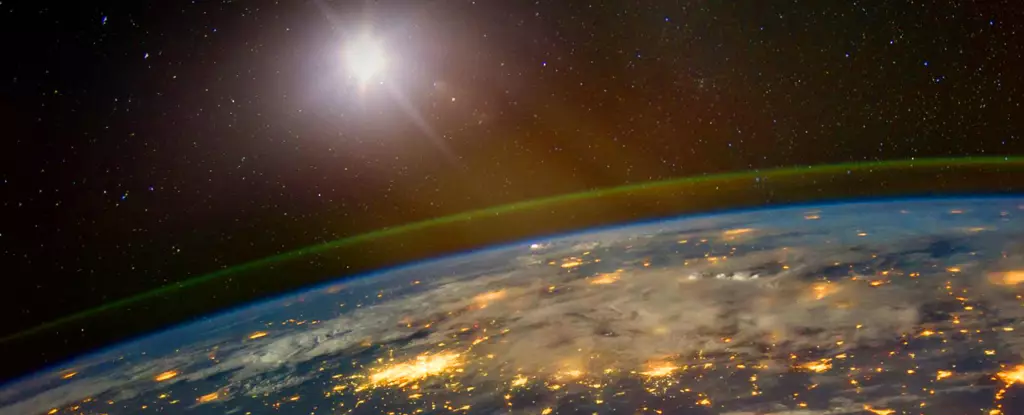Astronomers are constantly pushing the boundaries of our understanding of the universe, often dealing with enormous telescopes and massive galaxies. However, one of the most groundbreaking tools in astronomy in recent times is a mini satellite the size of a breadbox. This satellite, known as CubeSat, is set to revolutionize how astronomers observe and measure brightness in space objects, contributing significantly to unraveling some of the most profound mysteries of the universe.
NASA has recently greenlit the US$19.5 million Landolt Space Mission, which involves launching the CubeSat into Earth’s orbit. The satellite will serve as an artificial star that astronomers can observe from the ground, providing them with a reliable source to measure brightness accurately. This mission represents a significant leap in astronomy and has garnered support from the scientific community, including Tyler Richey-Yowell, a postdoctoral researcher at Lowell Observatory.
The CubeSat is designed to orbit Earth from a distance of 22,236 miles, matching Earth’s spin speed to appear stationary in the night sky. While invisible to the naked eye, telescopes can track it as it emits a fixed amount of light particles known as photons. The CubeSat will be instrumental in calibrating telescopes for precise light measurements, eliminating the uncertainties associated with using real stars for calibration.
Unlike real stars whose emitted light cannot be accurately measured due to various factors such as atmospheric interference, the CubeSat offers a controlled source of light for calibration. Named after astronomer Arlo Landolt, the satellite will emit a specific number of photons, enabling astronomers to calibrate their instruments effectively. This precise calibration will enable astronomers to measure the brightness of stars with ten times more accuracy than current estimates, according to reports by LiveScience.
The Landolt Space Mission has far-reaching implications for astronomical research. By providing astronomers with a reliable artificial star, the mission will allow for more detailed observations and measurements of celestial objects. This enhanced accuracy will enable researchers to uncover intricate details that were previously overlooked, akin to completing a partially missing puzzle with additional pieces.
The intricate details captured by the CubeSat will not only aid in understanding individual stars but also have broader implications for cosmological studies. By measuring light from distant supernovae and other celestial bodies, astronomers can calculate the expansion rate of the universe. This information is crucial for resolving discrepancies in current models and gaining a deeper understanding of phenomena like dark energy, driving the universe’s expansion.
The Landolt Space Mission represents a pivotal moment in astronomy, offering astronomers a novel approach to measuring light emitted from celestial bodies. By harnessing the power of CubeSat, researchers can refine their observations, enhance their understanding of the universe, and potentially unravel some of the most profound mysteries that have intrigued humanity for centuries. The mission’s impact is not limited to astronomical research but extends to our fundamental comprehension of the cosmos and our place within it.


Leave a Reply